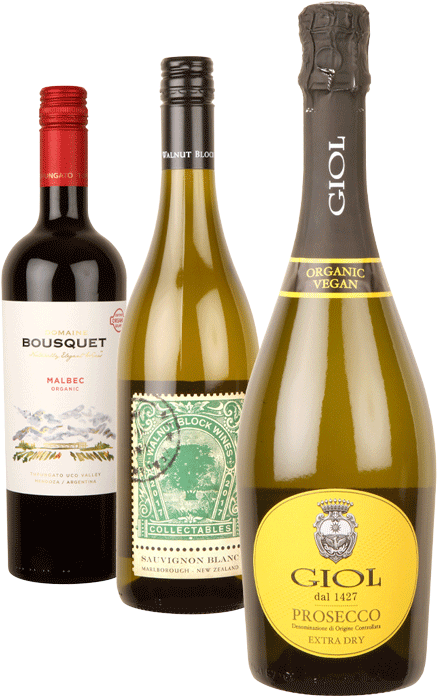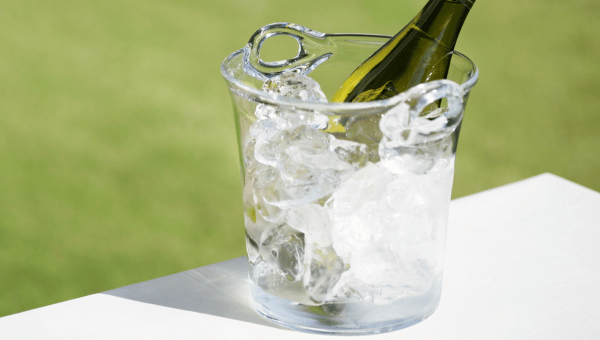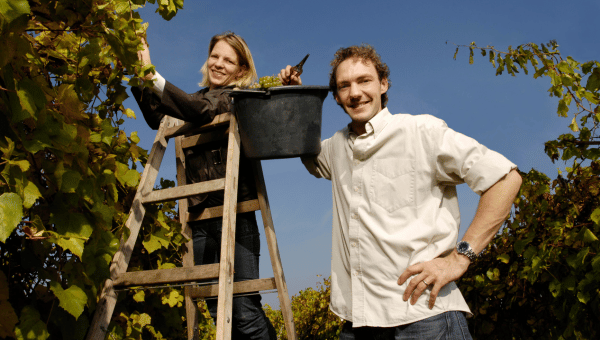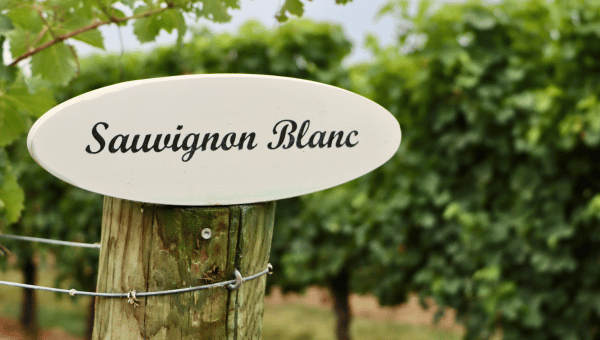The Vintage Roots Guide to Easter and Holy Week
Christians celebrate the resurrection of Jesus over the Easter period. Easter Sunday concludes what is known as Holy Week which begins with Palm Sunday. Maundy Thursday is the commemoration of the Last Supper when Jesus shared the Passover meal with his disciples. Whether you are a practising Christian or firm atheist there won’t be many of you who won’t be familiar with Leonardo da Vinci’s extraordinary painting, The Last Supper. Still housed in the dining room of the former Dominican convent of Santa Maria delle Grazie in Milan, it’s a must-see if you are ever within striking distance. Easter Sunday is Resurrection Day.
You won’t find any mention of Easter anywhere in the Bible. Why? Because the act of celebration didn’t come about until much later in the history of the church.
Easter Wine: What sort of wine might Jesus have drunk at the Last Supper
During Jesus’ Last Supper a wine was passed amongst the disciples to drink as documented in the Book of Matthew and Corinthians. When wine app, Vivino went looking for answers about wine at the Last Supper they spoke to Father Daniel Kendall, Professor of Theology and Scripture at the University of San Francisco who explained, “Unlike John the Baptist, Jesus drank wine…. From the descriptions it was most likely a Seder meal. Since it was and is the most important of Jewish feasts, wine would have been part of the festivities.”
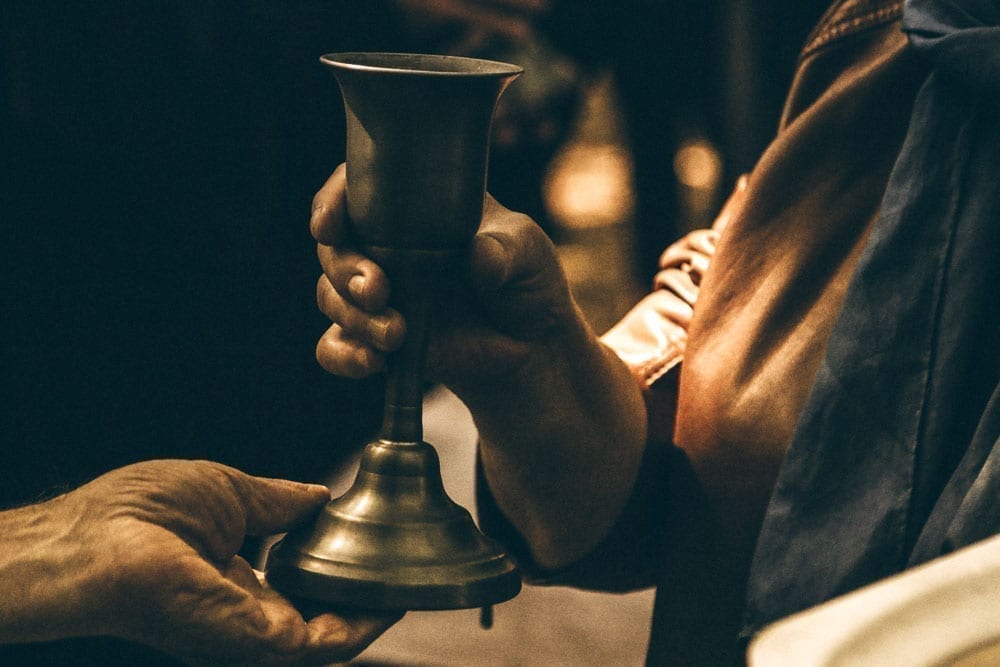
Wine is a very important part of the Jewish Seder meal at Passover. During the meal the 10 plagues inflicted on Egypt by God are read out and a small amount of wine is spilled with each one in recognition of the suffering of the Egyptians. Not all of the wine is spilled though! Four cups of wine are drunk as a symbol of the Jewish people’s freedom.
Returning to the Last Supper, what would the wine have tasted like? Dr McGovern, Adjunct Professor of Anthropology at the University of Pennsylvania commented, “In Jerusalem they had a particular taste for rich, concentrated wines.” It was common for wines to be mixed with spices and fruits including pomegranates, saffron and cinnamon. For some, the taste may have been akin to the mulled wines that are today commonly served at Christmas. When asked to suggest a modern day equivalent, McGovern suggested, “they may have been drinking something like a modern-day Amarone, though we can’t know for sure”.
If you’re inspired to try and recreate a piece of religious history and it has to be Amarone for your Easter wine, then click here to see our range.
Easter Food & Easter Wine Ideas
Roast Lamb
It is said that the trend for eating lamb on Easter Sunday began when a sitting Pope in the ninth century made it his choice. It seems likely that he would have been motivated to pick lamb not only because it’s delicious but because of the significance of the sacrificial lamb in religion.
For a more in-depth article on pairing wine with lamb, you can check out our article ‘What Wine Goes with Lamb?’ but here are a couple of ideas to get you started.
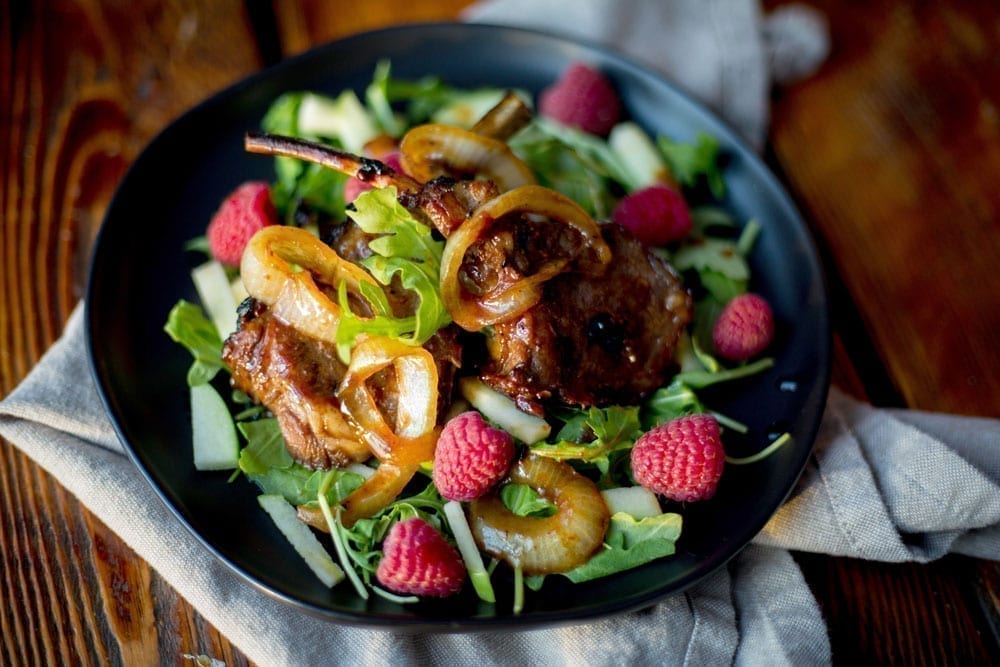
The culinary genius that is Simon Hopkinson has a fabulous recipe for roast lamb with anchovies that sees the meat basted in white wine… It may seem counter intuitive but this and the saltiness of the anchovies makes a bold, linear white wine an excellent choice.
£13.50
If your Easter wine has to be a red wine then what about the sumptuous Garnacha from Bodegas Piqueras ? The Spaniards know a thing or two about cooking lamb and making great wines to drink with it! Another great option is the grenache / syrah Rhône from Château Rochecolombe.
Simnel Cake
Also associated with Mother’s Day, this marzipan-topped fruit cake is marked by the eleven marzipan balls that depict the Disciples. Why not 12? Well, it wouldn’t really be right to celebrate Judas, the man who betrayed Jesus.
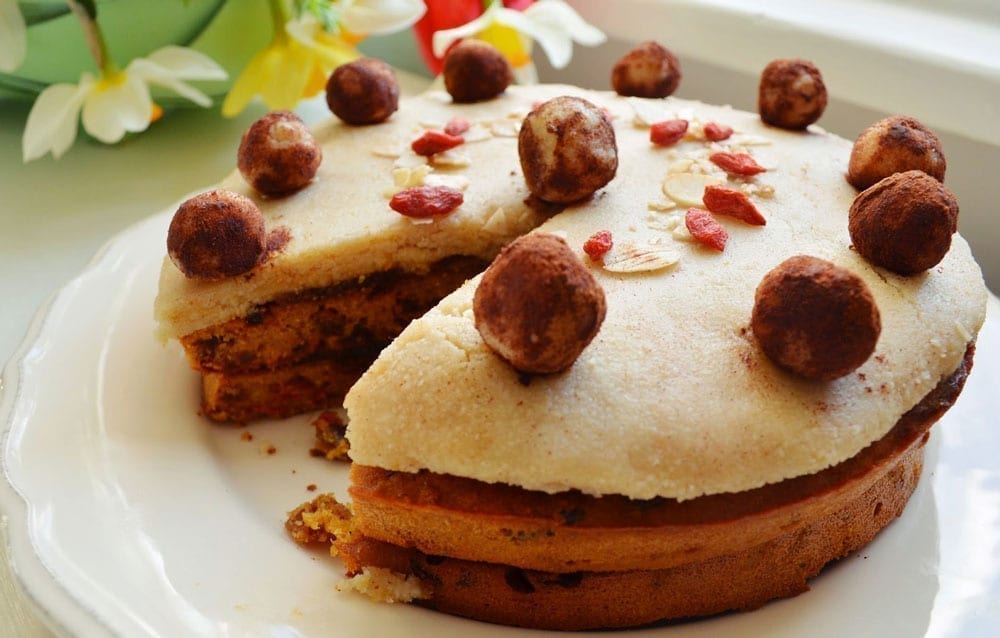
A delicious tea-time treat there is one great wine choice to drink with Simnel cake and that’s the sweet Oloroso from Piedra Luengo. Just like the cake, you don’t have to demolish it all in one go! The Oloroso can be resealed and popped in the fridge, where it will keep just fine for a week or so.
£10.95
Boiled Eggs… Easter Brunch!
Who remembers rolling their painted, hard-boiled eggs down the hill over the Easter holidays?!
Until I did the research for this blog I hadn’t completely understood the significance of eggs at Easter. Eggs symbolised Jesus’ tomb and the cracking of its shell is breaking free from death. Thanks to the BBC I now know that in the past, Church leaders banned eating eggs during Holy Week. Any eggs laid in this time were kept and decorated before being gifted to children.
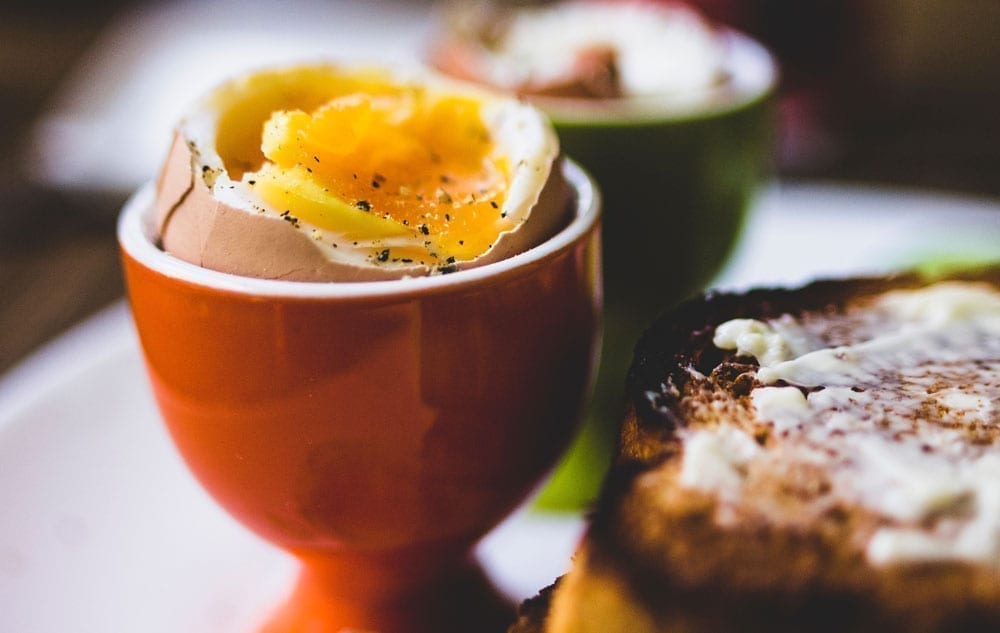
I once met a woman who put her good health at the grand old age of 96 down to her daily breakfast of a boiled egg and a glass of Tattinger Champagne! A little beyond the means and practicality of daily life for most of us, there’s no harm in embracing the idea for your Easter brunch. A delicious dry sparkling wine to try would be the Mont’albno Prosecco or the new Crémant de Loire from Domaine de Boise Mozé
£12.99
Original price was: £17.99.£16.50Current price is: £16.50.
Chocolate Eggs
Come the nineteenth century and no longer was the humble boiled egg enough for some! The ideas got quite ambitious and the wealthy started to commission the likes of Fabergé to make golden eggs. Pretty as they most certainly were (and are!), the chocolate egg was hot on the heels of the golden ones and would soon become one of the best-known Easter symbols.
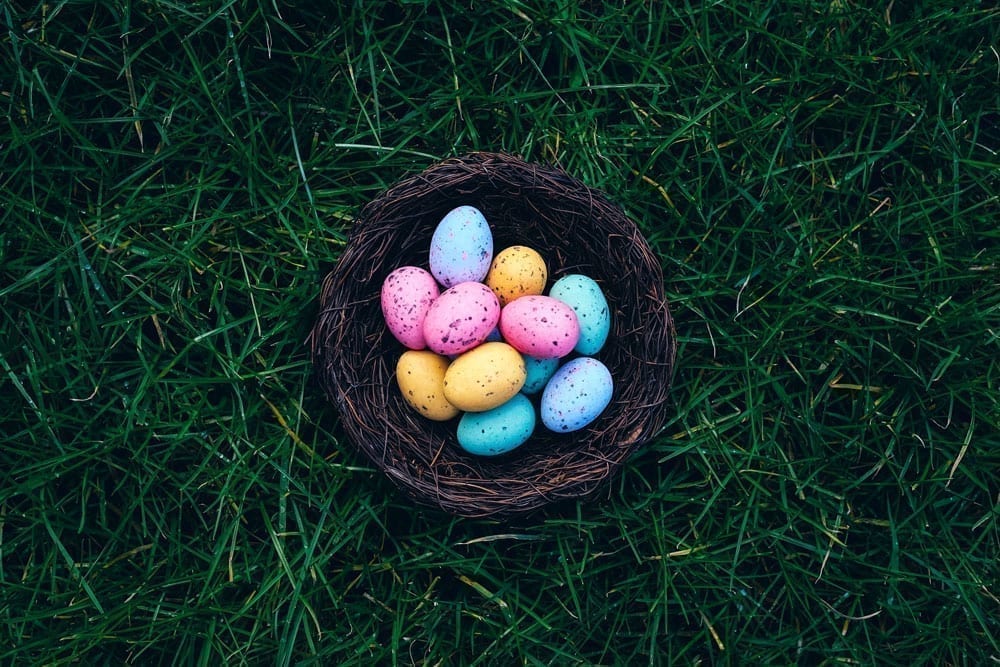
Plenty of ideas for pairing wine with chocolate can be found here.
A little aside about wine eggs…
In the last few years there has been an increased use of the egg fermenters! Vegans don’t be alarmed… not eggs but egg-shaped fermentation vessels, typically made out of concrete.
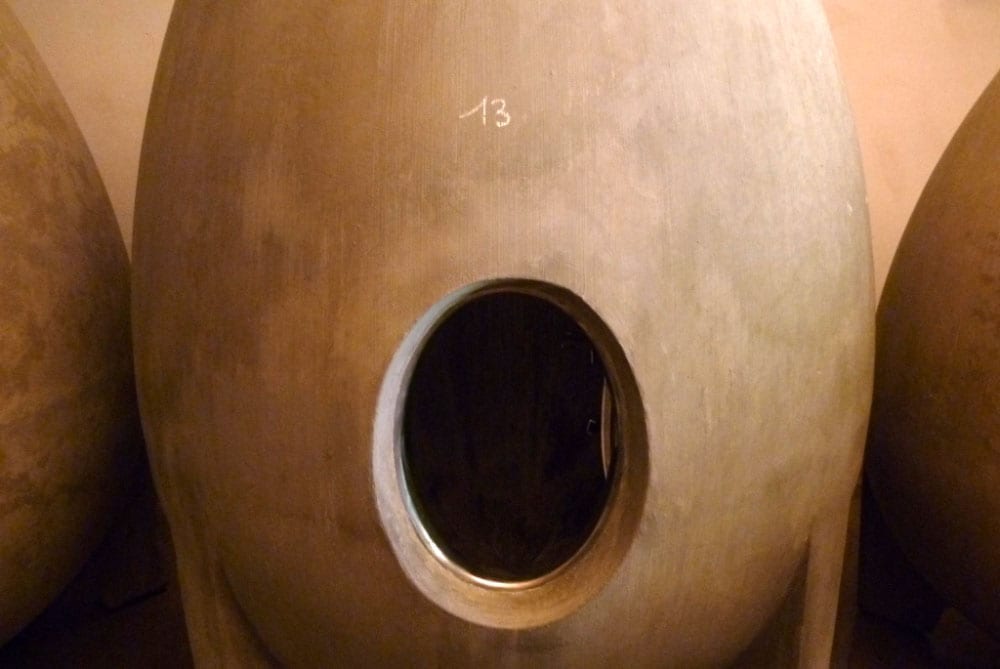
It was Michel Chapoutier who designed the concrete egg; his objective was to create a smooth-edged form that would allow the wine to move around more freely as it ferments and ages. . The more the wine moves, the more complex characteristics it achieves.
You can read more about egg fermenters here.
Hot Cross Buns
There is a brilliant article on the hot cross bun in Country Life, which is full of fun information. Writer, Annunciata Elwes tells us amongst other things that the buns that were “traditionally eaten on Good Friday to commemorate the Crucifixion… found an enemy in Elizabeth I, who, in 1592, finding too much Popery in their popularity, banned their consumption except on specific holidays. The embargo was eventually lifted and, by the 1700s, sweet, spicy, fruity buns were sold on the streets of towns and cities with the familiar cry of ‘one a penny, two a penny’ (a penny bought you a large bun or two small ones).
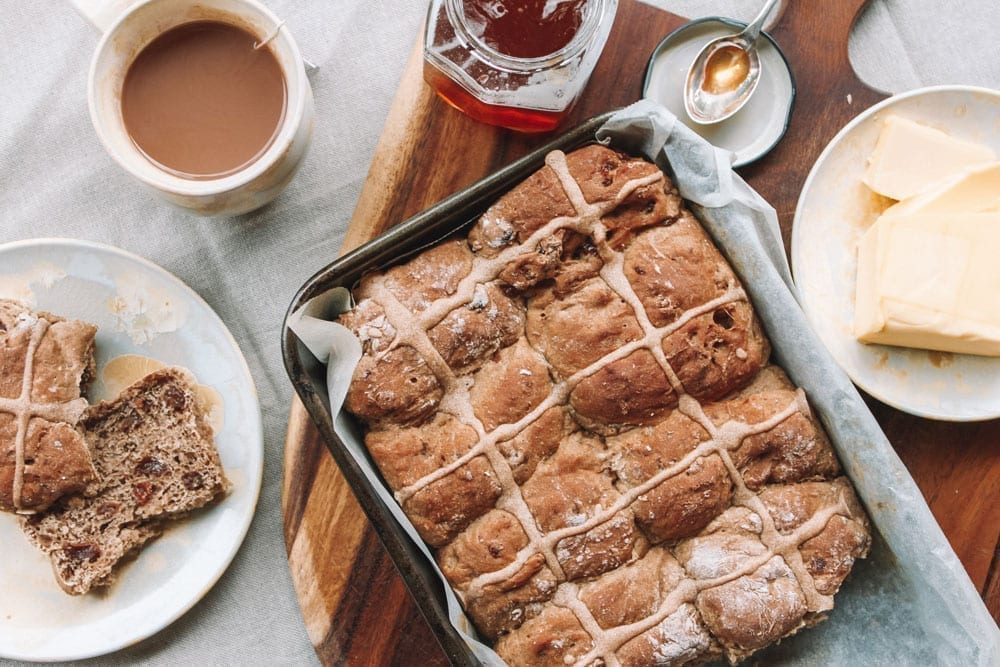
We think the hot cross bun is a family affair and for all ages. Why not serve yours with the Gusto Sicilian Blood Orange Juice?
£1.95
Can we not forget Pancake Day?!
Pancake Day, also known as Shrove Tuesday, comes the day before Ash Wednesday which is the start of the 40-day-long Christian fast known as Lent that leads to Easter.
Pancakes were seen as a great way to use up all of the ingredients that historically would have been off-limits during the fast: eggs; butter; milk… The French call it Mardi Gras, which literally means ‘Fat Tuesday’, which sound decidedly less friendly than Pancake Tuesday but is inarguably more accurate!
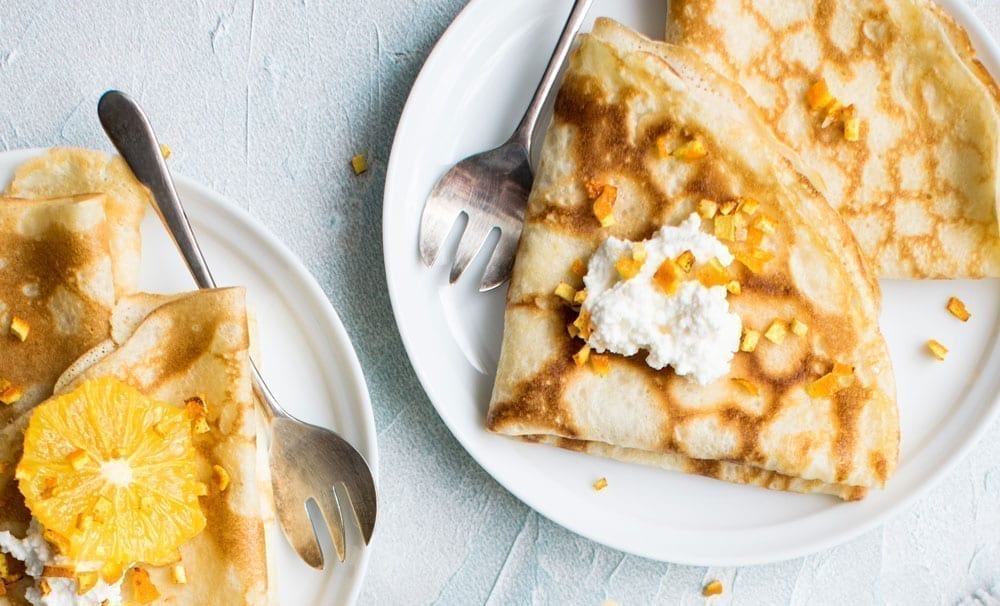
Since I was old enough to stand on a chair and whisk my own batter I have been a devotee of Margaret Costa’s recipe in her book, Four Seasons Cookery Book (a must have for any cook!). In decades of pancake making, it has never once failed me!
When I was little, pancakes came with apple juice and when I was old enough the treat was a glass or two of cider… Something medium-dry, like our Gasping Goose Organic Cider.
£2.60
These days I reward the effort of all that whisking (!), flipping and tossing with a bottle of Moscato d’Asti … these days as non-negotiable as a slice of lemon and sprinkle of sugar!
For more organic wine choices, check out our full range.



